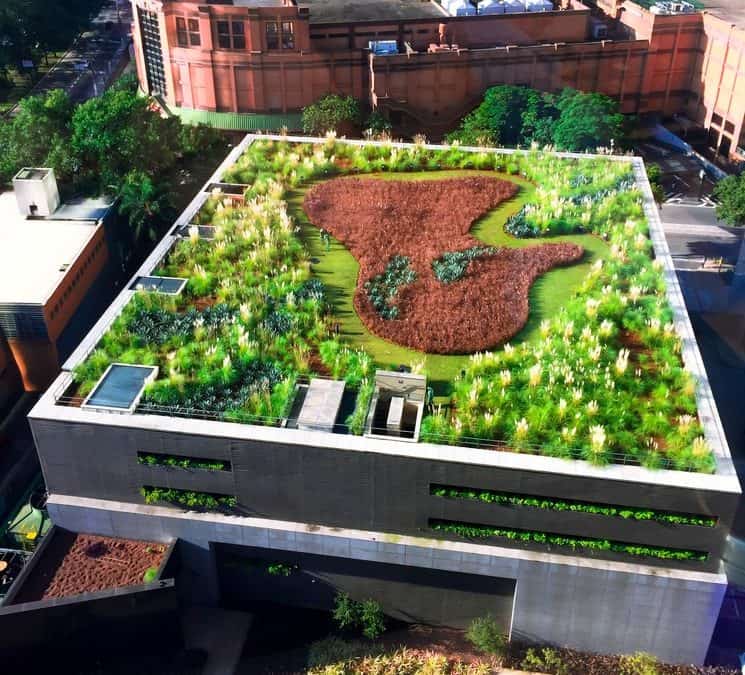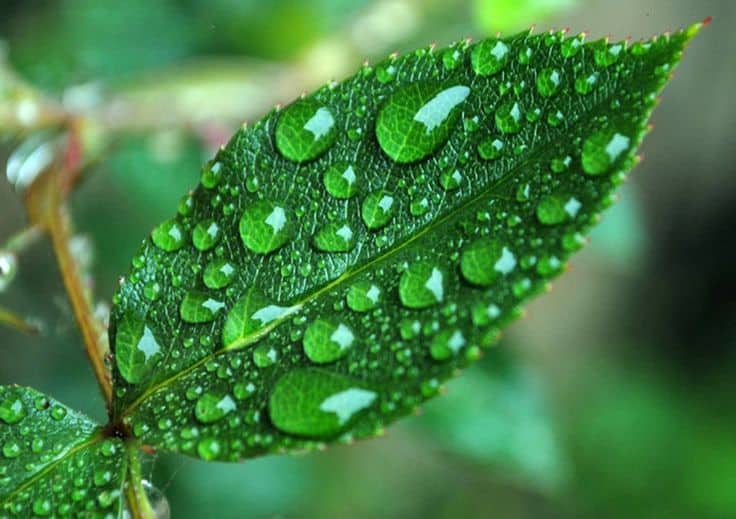What is a green roof? A green roof is a roof that is covered with vegetation like plants, flowers, shrubs, or small trees. Green roofs are also known as living roofs, the sister to the green wall.
What are the benefits of green roofs? There are many, so let’s get right to it!
energy conservation
A key benefit of green roofs is energy conservation. Having a layer of greenery covering a roof insulates the building, especially the floors immediately below, from extreme temperatures. This leads to lower costs on two fronts: financial and environmental.
In the summer months, cooler building temps mean a reduced need for air conditioning, which leads to lower energy consumption and lower cooling costs. In the winter months, green roofs act as an insulator, protecting the building from extremely cold temperatures, which reduces the need for and cost of heating.
Additionally, energy consumption leads to the release of carbon dioxide (CO2), a major contributor to climate change. So minimizing energy consumption cuts down on carbon emissions, which lowers the cost to the environment.
cooling effect
Dense greenery also has a cooling effect. This is particularly helpful in urban areas where something called the “urban heat island effect” occurs. This phenomenon is when we experience unusually high air temperatures because the summer heat is “trapped” in the urban jungle of cement sidewalks and paved streets. Surfaces like these are everywhere in cities and they continuously absorb heat, causing a rise in the air temperature.
An abundance of trees and greenery in the city provides shade cover and protection from the sun. In addition, trees also cool the air surrounding them. Tree roots and leaves store water from the soil. This water transpires into the air through the leaves; it evaporates and cools the air in the process. It’s sort of like a natural air conditioner!
anti-pollution
Green roofs improve air and water quality. Plants and trees absorb CO2 (which humans generate too much of) and release oxygen (which we need to survive). Anywhere you have a lot of greenery, you’ll have improved oxygenation. Plants also filter out air pollutants, making the air quality better and cleaner.
When it rains, green roofs absorb rainwater, so there’s less stormwater runoff that could potentially contribute to flooding or carry pollutants as it flows downward. Green roofs even provide insulation from noise, helping to reduce sound pollution.
your health
It’s a fact that being in nature helps to calm you and reduce stress. A green roof provides a temporary escape from the day; bring a book, take a lunch, or just sit and close your eyes for some outdoor meditation. Of course, fresh air and sunlight are essential too!
aesthetic
Natural beauty improves your quality of life. Who doesn’t appreciate flowers, plants, or a nice garden rather than concrete pavement? Green roofs also make for interesting design and are much more pleasant to look at! And with more plant life, green roofs attract birds and insects, increasing the city’s biodiversity. They help to create urban wildlife habitats.
If you can, take advantage of green roofs and spend some time on one. They’re a benefit to you and the environment!
Sources: Green Roofs for Healthy Cities; American Forests













